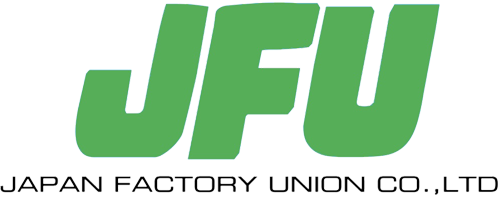
The key to maintaining the optimal performance and extending the service life of rolling bearings lies in regular and appropriate maintenance strategies. This article aims to guide you on how to effectively maintain these crucial mechanical components to ensure the smooth operation of the equipment.
The Importance of Bearing Maintenance and Preliminary Inspection
Regular inspections are the core of preventive maintenance, which can help identify and solve potential problems in a timely manner, thereby improving overall production efficiency. For disassembled rolling bearings, rechecking their precision dimensions, rotation accuracy, clearance, mating surface condition, as well as the integrity of the raceway, rolling elements, and cage, is a necessary step to determine whether they can continue to be used. The importance and inspection cycle of different devices will determine the specific maintenance standards.
Maintenance Practice: In depth Cleaning and Testing
After running the bearing for a period of time, necessary maintenance includes disassembly and deep cleaning. It is recommended to use diesel as a cleaning agent, which can effectively remove dirt without damaging the bearings. In special circumstances, it is more thorough to disassemble the seal for comprehensive cleaning. After cleaning, carefully dry the bearings and pay attention to any signs of damage on the surface.
When conducting a simple state check, the bearing can be lightly rotated by inserting a wooden stick or hollow tube with a matching inner diameter, and monitoring for any abnormal noise during rotation to determine if the bearing is loose or if there is a noise problem. Furthermore, by impregnating the bearing with melted lubricating grease and observing the bubble situation, it is helpful to evaluate the internal condition of the bearing and provide a basis for whether to replace it in the future. The cleaning process of rolling bearings includes two stages: preliminary cleaning and fine cleaning. It is recommended to place a mesh at the bottom of the cleaning container to prevent scratching the bearings. During the fine cleaning process, the bearings should slowly rotate in oil while avoiding foreign objects from entering. Using neutral anhydrous diesel or kerosene as conventional cleaning agents may require warm alkaline solutions in certain specific situations. Frequent filtration is an essential step to maintain the cleanliness of the cleaning agent. After cleaning, immediately apply anti rust oil or grease to prevent the bearings from rusting.
Conclusion
By implementing systematic maintenance and upkeep measures for rolling bearings, not only can their working life be significantly improved, but also the stability and efficiency of equipment operation can be ensured.
Mastering the correct maintenance techniques is an essential ability for every mechanical maintenance personnel.
-
What are the factors that affect the service life
2025-09-16
-
Purpose and direction of preloading for rolling be
2025-09-16
-
Analysis of common malfunctions and failure causes
2025-09-16
-
Measures to prevent noise from bearing cage and so
2025-09-16
-
Maintaining bearings: a comprehensive guide to ens
2025-09-16
JFU is committed to providing customers with affordability and convenience. We aspire to become strategic partners, helping clients grow and achieve mutual success!

